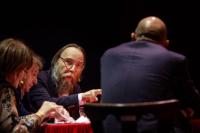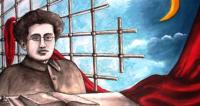Dhamaadkii Qarnigii Labaatanaad - Dhammaadkii Casriyeyn
Qarnigii labaatanaad wuu dhammaaday, laakiin hadda uun baa ina soo maray run ahaantii bilaabay in ay ogaadaan oo fahmaan xaqiiqadan. The Qarnigii labaatanaad waxa uu ahaa qarnigii afkaarta. Haddii, ee hore qarniyo, diin, boqortooyo, hanti, dabaqado, iyo dawlado qaran ayaa ciyaaray door weyn oo ku leh nolosha dadyowga iyo bulshada, ka dibna, gudaha




